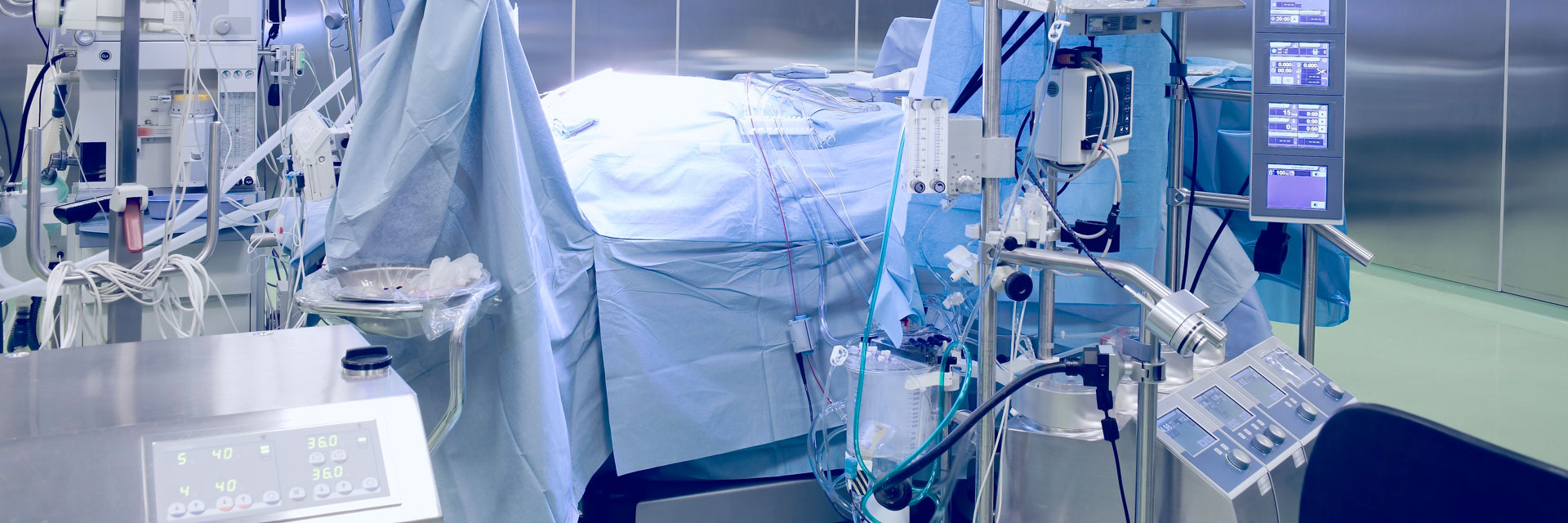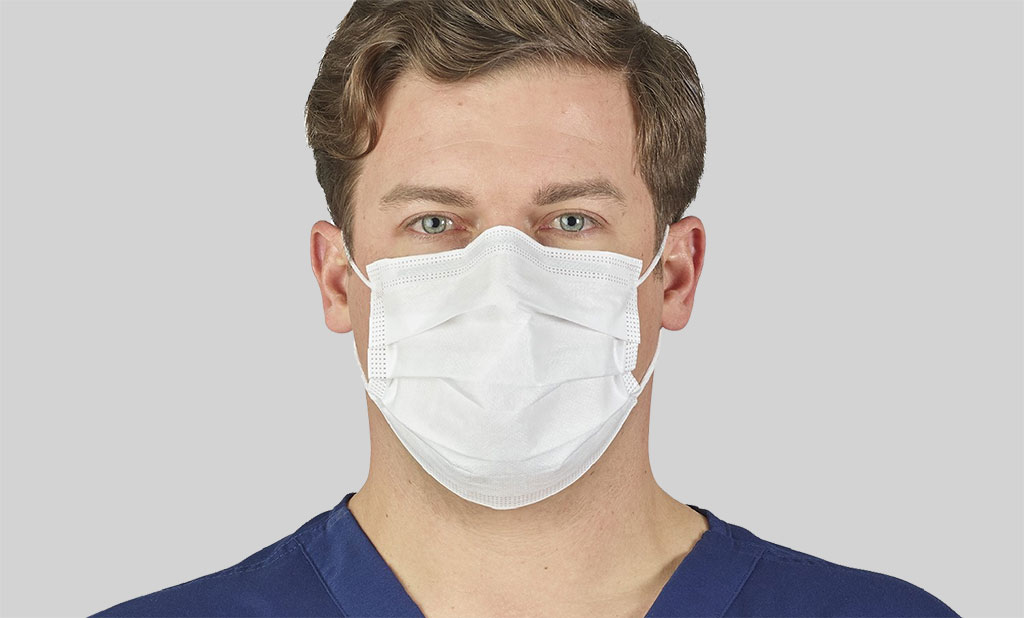

ASTM F2100 Mask Performance Tests are tests that are required by the FDA and developed by the American Association of Tests and Materials (ASTM) for protection against infection, perhaps one of the most personal equipment options, and face masks.

The current ASTM F2100 standard specifies performance requirements for Medical Facial Masks with five key criteria. These criteria are:
Additionally, in addition to the above tests, all face masks should be tested according to an international standard (ISO 10993-5, 10) for skin sensitivity and cytotoxic tests, so that no material can harm the user. The tests are carried out on all materials, including the masking ties, elastic ear loops, anti-fog strips, visor shields, and all tubing materials that can be used to hold the side coats together.
EUROLAB, with its expert team and technological infrastructure, ASTM F2100 Mask Performance Tests can help you.
To get an appointment, to get more detailed information or to request an evaluation, you can ask us to fill in our form and reach you.